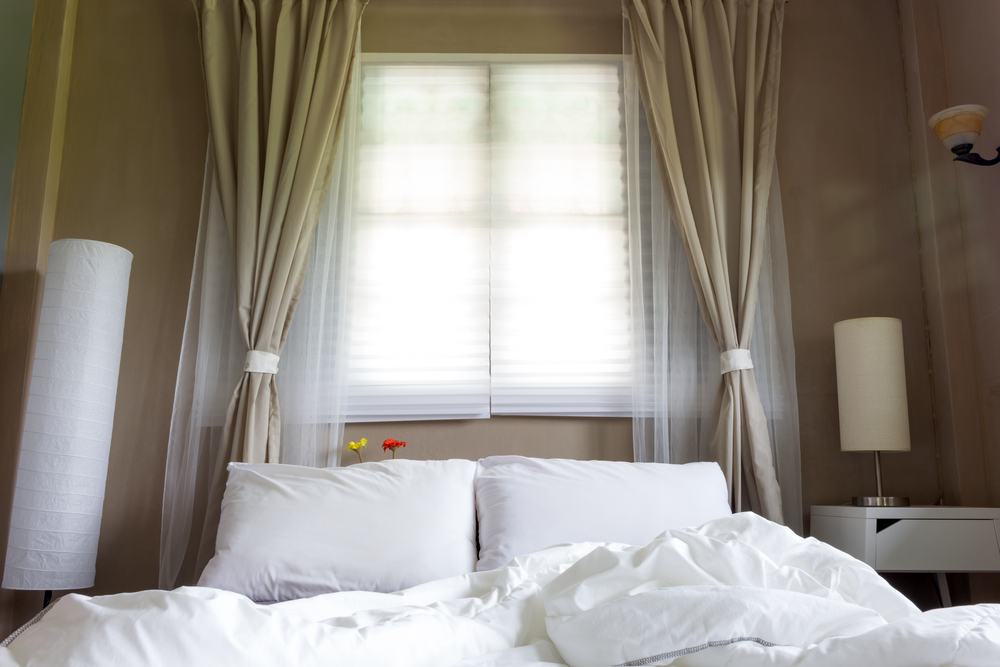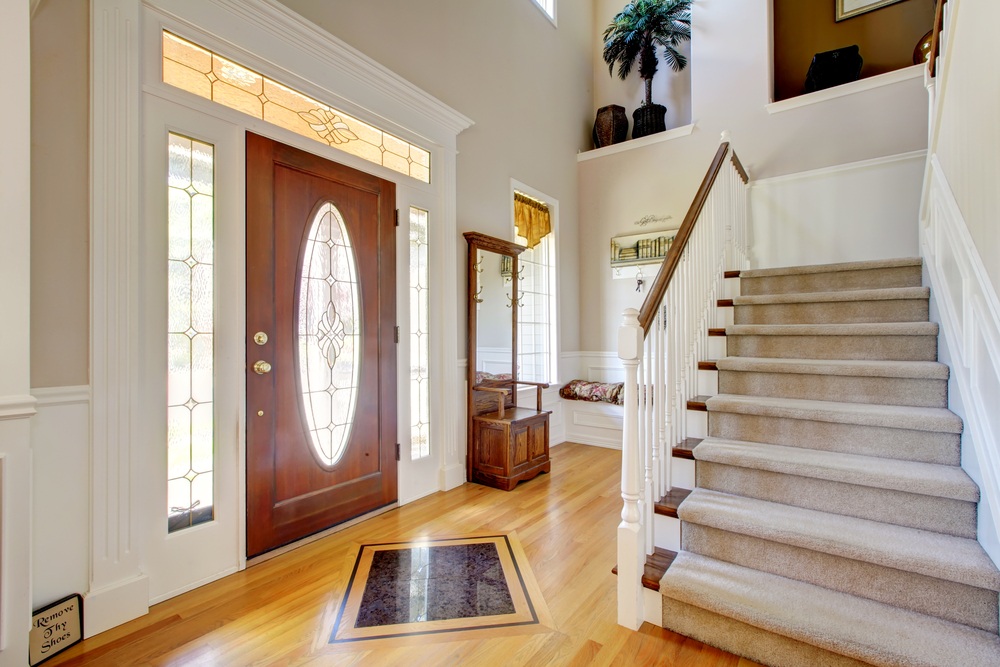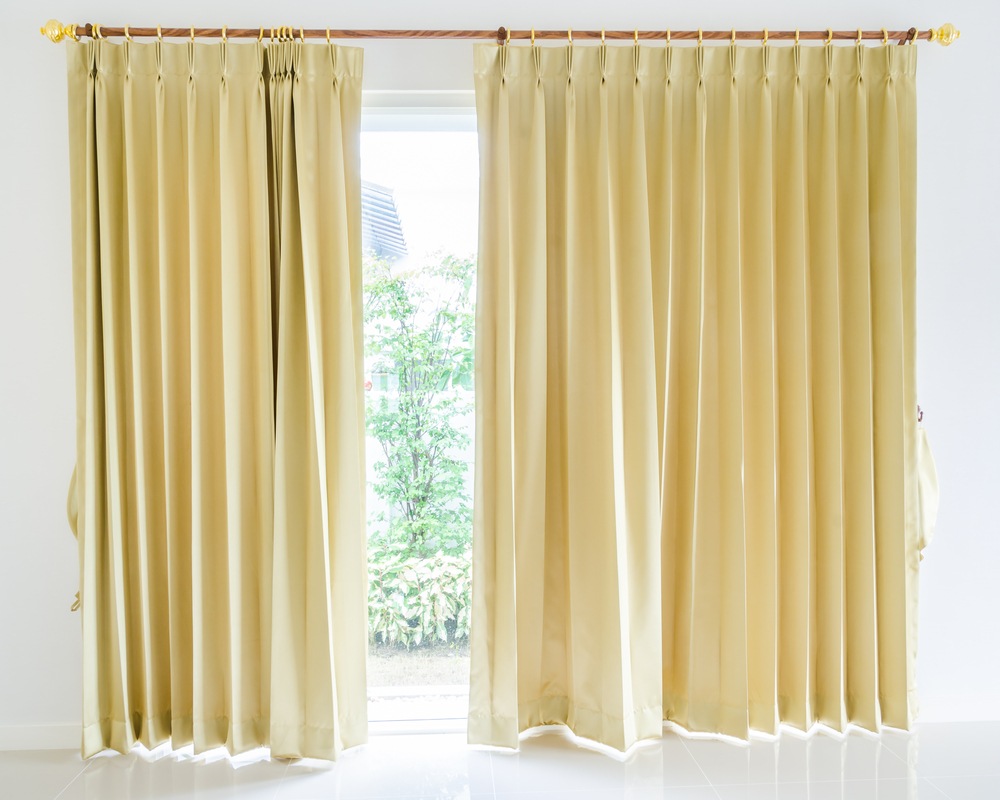 Windows make a very big impact on a room’s appearance, so it can be really frustrating to have a room with windows that aren’t as large as you’d like them to be. Not only does it mean you’re getting less natural light in that room, it can interfere with your room’s decor. But with careful decorating, you can make windows look larger than they actually are.
Windows make a very big impact on a room’s appearance, so it can be really frustrating to have a room with windows that aren’t as large as you’d like them to be. Not only does it mean you’re getting less natural light in that room, it can interfere with your room’s decor. But with careful decorating, you can make windows look larger than they actually are.
If you want to make small windows look bigger, window treatments can make a big difference. Careful curtain placement is a very effective way to tricking the mind into thinking a window is larger than it actually is. Remember that your curtain rod doesn’t have to be the exact same width as your window. If you want a window to look wider, use a curtain that’s 60-80 percent wider than your window frame and let the curtains extend past the width of the window. When you open the curtains, don’t open them past the edge of the window and it will look the curtain is covering more sections of a larger window.
Windows too short? Hang long curtains close to the ceiling to create the illusion of taller windows. In this case, you’ll want to place your curtain rod about two inches underneath your ceiling molding. If you don’t like having the gap between the top of your curtain and the ceiling, you can always add a valance or cornice board to fill it in and create a more finished look.
Choosing curtains with the right type of fabric is also very important. Since dark colors tend to make spaces look smaller, light-colored curtains will help make windows look larger. You can also look for curtains with patterns to either make windows look taller or wider. Use curtains with horizontal patterns to widen a window and ones with horizontal patterns to make them look longer.
Outside of window treatments, many decorators use strategically-placed mirrors to change the perception of a window’s size. Since mirrors reflect light, placing a mirror beneath or across from a window reflects the sunlight that comes into the room, making it feel like you’re getting more light than you really are.
Last, but certainly not least, consider changing the color of your window frame. While many homeowners like to paint the trim around the window in a color that contrasts from the walls, painting it the same color as your wall can create the impression of a larger window. Since the frame would blend into the rest of the wall, you wouldn’t have that defined area calling attention to the size of the window.









